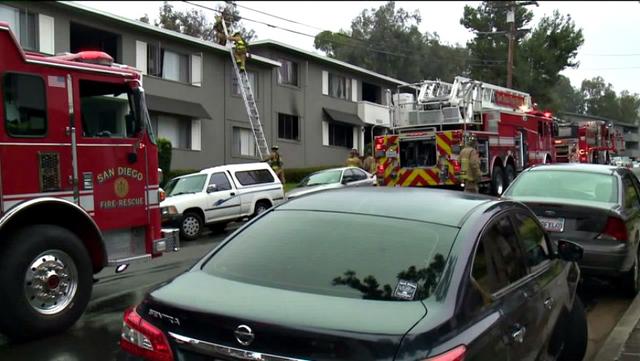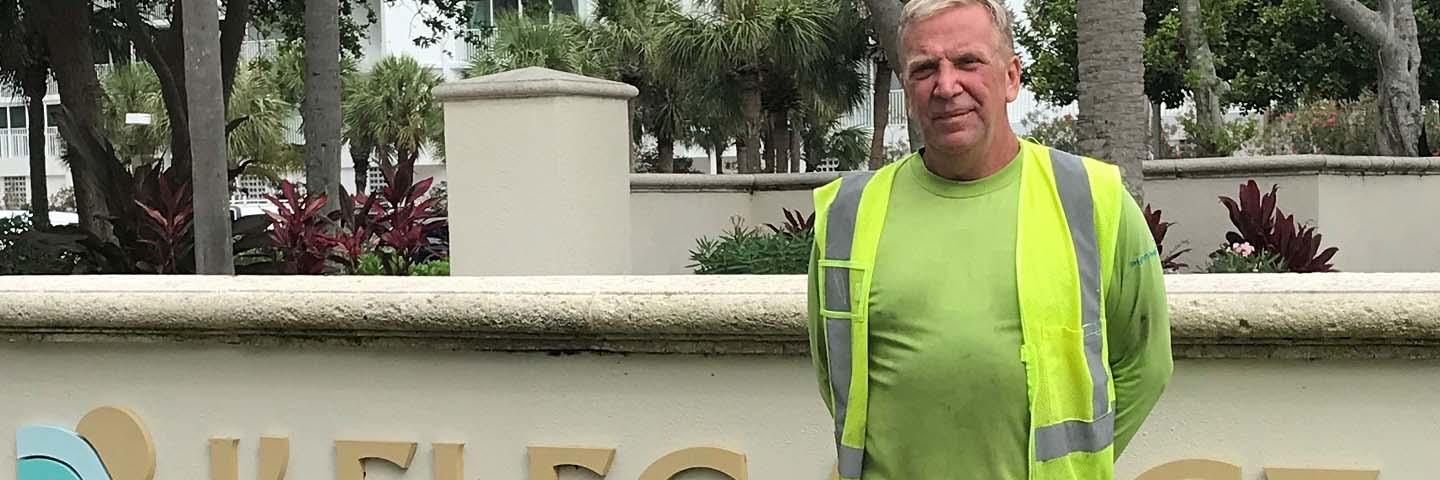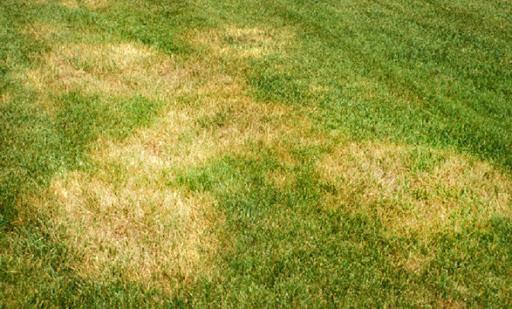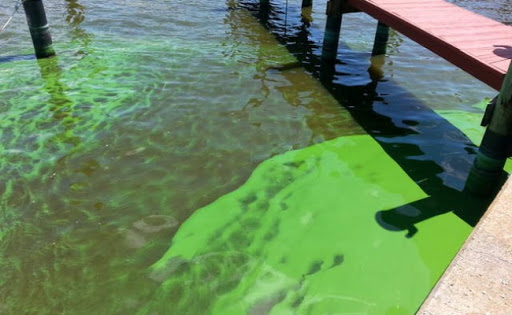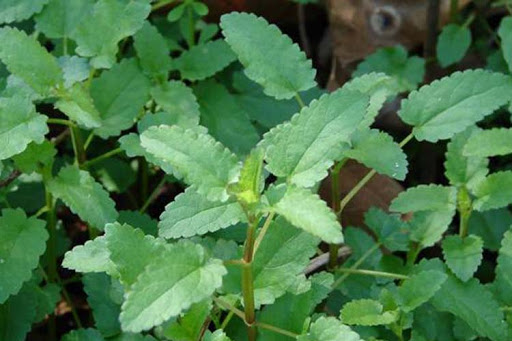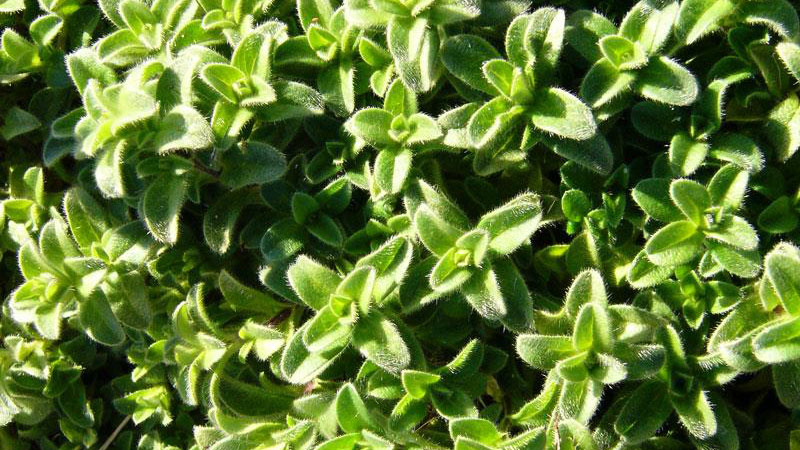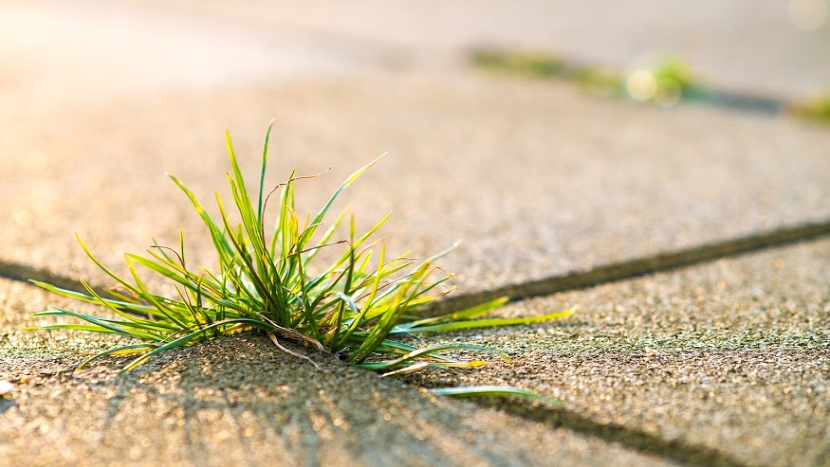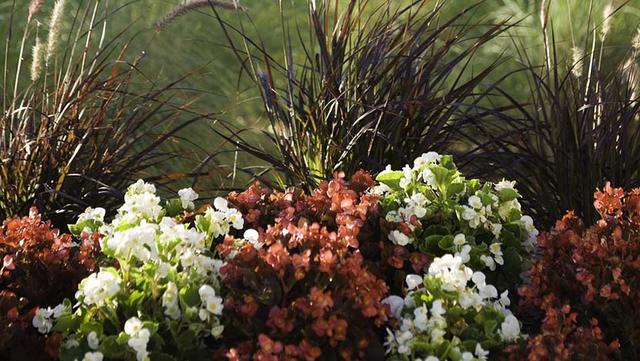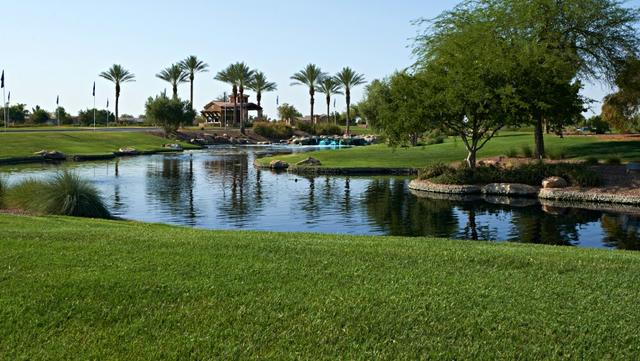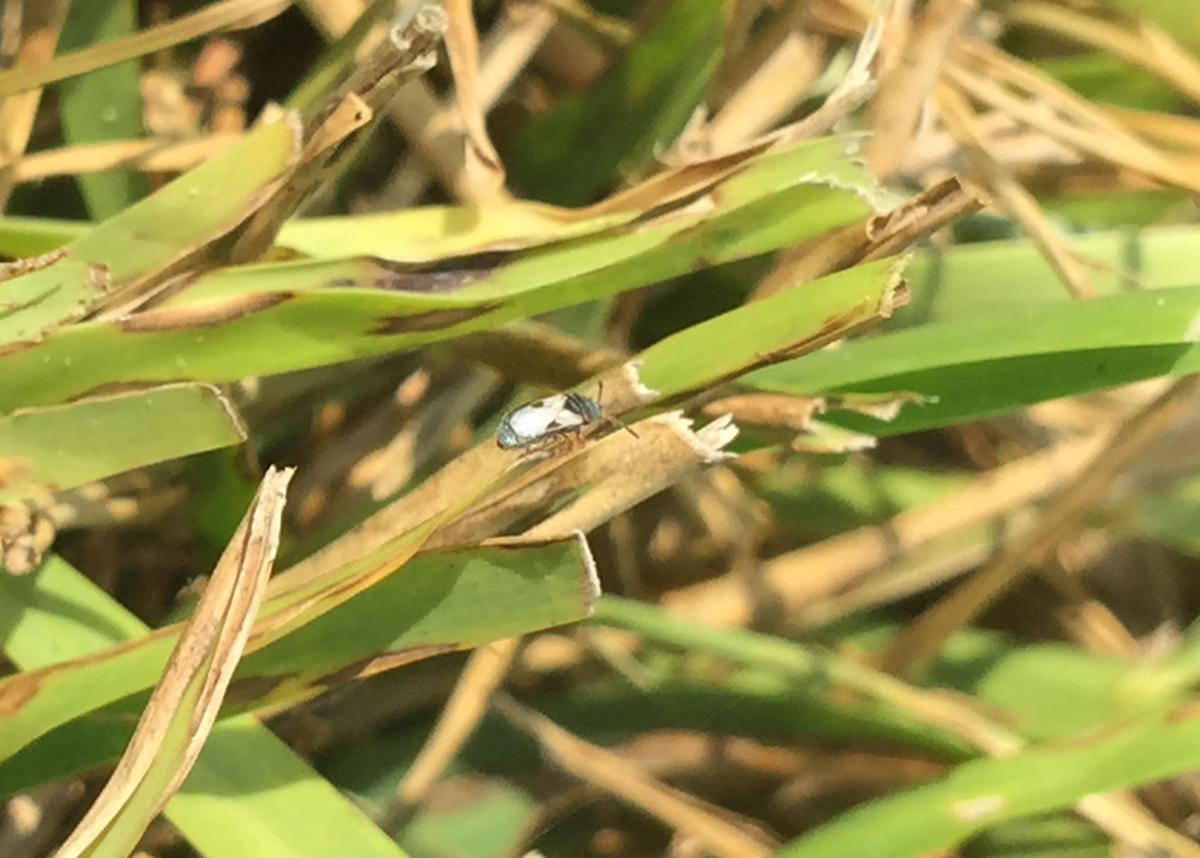BrightView Provides Landscaping for Severely Injured Veteran
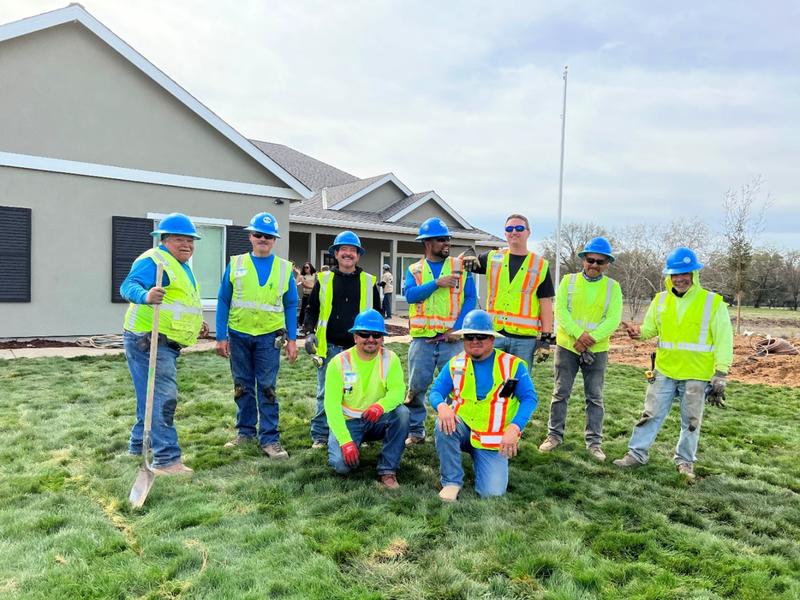
BrightView’s company vision is simple: our team members create and maintain the best landscapes on Earth.
That vision was on full display recently as team members in California worked with Homes For Our Troops – a nonprofit organization which builds and donates specially-adapted custom homes nationwide for severely injured post-9/11 veterans. BrightView donated much of our labor and materials to complete a home for Marine Chief Warrant Officer 3 David Field to make his world a little brighter.
After serving with the Marines for 22 years, including tours of duty in Iraq and Afghanistan, Field retired in 2013. Two years later, he started experiencing mobility issues before being diagnosed with ALS in 2017.
BrightView Design Group was engaged early in the project to provide the landscape and irrigation design on the 2-acre property, with the county’s oversight. With the approved design, the local team in Sacramento provided all rough grade, drainage, irrigation, planting, and sod for almost 18,000 square feet of landscaping. The landscape was designed and installed in accordance with the Water Efficient Landscape Ordinance in California and will also require little maintenance for Field, given the materials selected.
"It was awesome to be a part of this project," said Tom Donnelly, President of BrightView Landscape Development. "It is BrightView's complete honor and pleasure to serve heroes like David who served our country so selflessly."
The team worked every Saturday for a month to complete the project and was aided by community support that included volunteer hours and generous donations from our local vendors.
“It was great working with the BrightView team on David’s home, from design to completion,” said Chris Mitchell, Director of Development for Homes For Our Troops.
BrightView’s commitment to veterans can also be seen through our employee resource group called BrightView Recognizing and Acknowledging Veteran Opportunities, or BRAVO. This idea was proposed by a group of veteran BrightView leaders and celebrates military service and the recruitment of veterans for every BrightView line of business, as well as helping establish BrightView as a veteran-friendly organization both within the company and in the community.
Click here to learn more about BRAVO.


